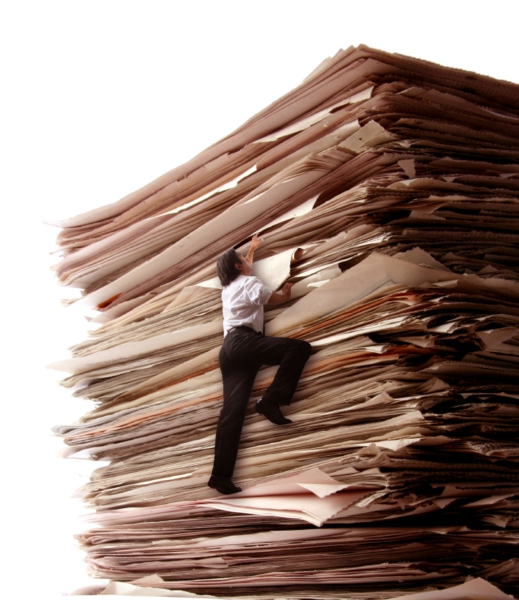In this digital age, there are very few paper-only copies of documents. However, as a whole we still find it strange that we produce work which cannot be physically held, and therefore many companies still produce paper copies.
Enter document scanning companies, who will take these old fashioned hard copies of documentation and create from them a digital soft copy.
Advantages of Document Imaging
Document Imaging is the process of creating a digital copy of a document or other file: it can be used on text, video, audio… the list is endless. Digital documents are more correctly known as document images, and contain all written details of the original copy. But why bother? There are several advantages to having digital copies of documents:
Space Saving: Creating electronic copies is not only a safer option, but it minimises space used. So, no more cluttering up office space or briefcases: instead, everything can be saved to a remote server or onto a pocket-sized USB key or memory card. Copies can be made easily and without creating more space-wasting paper files.
Easy Access: Because the files can be saved to a remote server, it means that the documents can be accessed from throughout the world – no more postponing meetings because of a forgotten agenda, it can be accessed with a simple click of a mouse. This increases business efficiency, ideal for busy companies.
Future Considerations: Are these documents which may, in time be built up into a website? Having digital copies will make uploading documents to a new website a simple matter of clicking a few buttons.
Security: Files can be encrypted to ensure maximum security, allowing only those with the proper permissions access. Similarly, digital document images which are stored remotely mean they are protected from major disasters: backed up in several locations, fires and floods should have no impact on your most valued documents.
Cost Implications: Having an electronic copy means it is easier to create new copies, and saves on paper, ink and toner.
Transitioning from Paper to Digital Document Imaging
Old paper copies can be scanned and copies into digital format, ensuring their value in a world which is steadily changing to completely electronic formatting. It is not just businesses which are making headway here: with the roaring success of e-readers and e-books, many publishing companies are scanning older titles. When Charles Dickens has gone digital, it is time you did too!
To meet the demand, many businesses offering digitisation of documents and more have popped up. These companies take away any hassle which may be associated with creating digitalised documentation. Services they offer include the likes of:
Scans of bulk loads of older documents, ideal for bringing your company into the modern day.
Storage of paper documents and scanning of these as required – not all documents may be required in a digital format immediately, so to save costs why not scan only as needed.
Scanning of articles as they are created, allowing workflow to continue seamlessly.
Secure online archiving of digitalised documents.
Software which allows information on forms to be extracted automatically.
Handwriting recognition software and the ability to read barcodes.
It is predicted that in future years, offices and businesses will be completely paperless: an eco-friendly goal which just happens to be more economical, secure and space-saving than old fashioned stacks of paper. No more overflowing in- and out-boxes, the digitalisation of documents creates a far more orderly office setting.
Nathan Morgan has been a IT professional for 14 years. His work is currently focused on Linux servers. He has encryption experience including the deployment of True Crypt and similar packages, and detailed knowledge of document scanning solutions to transform off-line archives into accessible digital data.

